Archive for the ‘visual poetry’ Category
Entry 138 — “Maternity Ward”
Monday, May 31st, 2010
The title of the following work is “Maternity Ward at Wesson Women’s.” Its author is Alexander Jorgensen, one of his four submissions to The Pedestal Gallery, all of them quite good but in the second twelve (in the editors’ highly subjective view). Before he submitted it to the gallery, it appeared in Mark Young’s excellent publication, Otoliths, Issue Eleven, Southern Spring, 2008.
I first saw this at Spidertangle over a year ago, and at once liked it a good deal. I still do. For a while I thought it a perfect example of alphaconceptual textual designage, viewing it as asemic. A charmingly understated design consisting of the letter a to make it textual designage, with a, for me, strong suggestion of language soon to be born, these three a’s close to getting alphabets going.
Later I had to accept it as (barely) a visual poem, for “a” is significant as a word in it, here pregnant with whatever noun it will soon modify–a doubly alphaconceptual visual poem. It’s also pain beautifully serene: all’s right with this world–at least to me.
I
Enter 135 — 13’s from The Pedestal Project
Friday, May 28th, 2010
Today I’m finally starting to post what I’ve decided to call “13’s from The Pedestal Project,” by which I mean my favorites of those submissions to John M. Bennett’s and my gallery of visio-textual art at The Pedestal. I call them “13’s” because the people who created them were, so to speak, all–in my opinion–tied for thirteenth place in the competition for the twelve spots available in the gallery.
The first piece is “Fifth Grade,” by Connie Tettenborn:
When I saw this, I was biased toward it because so many of the other submissions to a gallery supposed to be of visual poetry was (tediously) not visual poetry by any reasonable definition, and this was. I was also charmed by its evocation of what fifth grade seemed to me. I found the choice of data the kids were being bombarded with interesting, too: it happened to include three pieces of knowledge of extreme importance to me all my life: the discovery of America (and I claim Columbus discovered America; Eric the Red or his son, whoever it was, who got to Newfoundland only extended the shoreline of Europe), long division and the planets (which in fifth grade were just about equal to dinosaurs and the Pyramids to me).
I liked the little kids in proper order–although I’m not sure why Connie uses the particular letter she does to represent them. Wait, they are, I now see, “e.g.’s” . . . I’m still not getting the connection . In any case, one of the kids seems not paying full attention, which is a nice touch. The idea of Knowledge coming in from some Afar that seems almost divine intrigued me, too. There’s the concept of a window into understanding, too.
In chatting over syberspace with Connie, I’ve learned that she is new to visual poetry, so deserving of special praise for doing so well to being with. Because she asked for help, I’m now going to say a few minor negative things about “Fifth Grade.” One is that I’m not sure “bah bah” fits the piece as well as “blah blah” would have, and I think “gaga” and “lala” not particularly effective. I think the choice of varied fonts good, but believe a little more could have done to the in-flow–for instance, some overlapping could have worked nicely, I think, and great difference in the size of letters.
I wondered about the use of color, finally deciding straight monochromatic, facts-only dry knowledge worked best. But use of colr and visual imagery might be something to try, too, if the artist wanted to make a sequence of variations on a theme, which her piece would be a good start to.
Entry 134 — Ellipsis-Haiku
Wednesday, May 26th, 2010
Entry 133 — Somewhat Awake Again, I Think
Friday, May 21st, 2010
I simply disconnected from my blog–just didn’t think of it for about a week until a day or two ago. Then last night for some reason I started thinking about haiku and came up with the following poems that I thought worth making this entry for:
.
. early April night:
. barely a single haiku
. of moonlight in it
.
. the street’s cherry blooms,
. dazzling, yet almost grey
. besides the haiku’s
.
.
.
.
.
Entry 131 — Another Variation
Monday, May 10th, 2010
Entry 130 — A Variation
Sunday, May 9th, 2010
Guess what will be next in this series?
I’m not sure I like the colors in the addition. Oh, well, it’s something to use for another entry. I’ve had another setback, by the way: a very close local friend’s husband died Thursday. I only found out yesterday. I had only gotten to know the husband well enough to extremely miss him–but my sadness over what my friend is going through is worse. I spent a lot of time with her yesterday, but my ability at brightening the bereaved is pretty poor. I think I distracted her at least a little.
Entry 129 — More Futzing Around at Paint Shop
Thursday, May 6th, 2010
Entry 128 — Vispo Sketches
Wednesday, May 5th, 2010
Well, I’m trying to get back on track but having a tough time of it. I had ideas while taking hours to get to sleep last night, most of them variations on the idea my “sleep” poem is based on (which I’m pretty sure I stole from Marton). So I tried one of them out at Paint Shop and had all kinds of trouble. The first is the upper one below. I intended it merely as the first step from my “sleep” poem to a new poem but liked what it did, so left it as a variation. Minor but satisfactory. I don’t like the one under it. One error is the font of the central “gh.” I don’t know how it got there. I’m too worn out to change it, which (for me) would be more involved than you might suspect. So I consider it a rough draft. I no longer know whether to bother fixing it. Nonetheless, it’s a Major Accomplishment compared to just about everything else I’ve been doing these past twelve months or so. And it and its companion got me a third consecurive daily blog entry! Whee.
Entry 125 — My Latest Slump
Wednesday, April 21st, 2010
I’ve been in and out of my Null Zone quite a bit of late, and for the past few days have been extremely in it. No zip, at all. I want to sleep but am barely able to–it takes me four or five hours to get to sleep at night, and I can’t sleep past six or seven. Even with a sleeping pill–or two. Ambiens? Something like that. The lowest dosage.
Maybe my trouble sleeping is why I liked the visual poem below of mine so much when I came across it earlier today while looking for a sonnet-related visual poem of mine for use in a presentation on sonnets I’m scheduled to give at the local writers’ center in a little over a week and can’t seem to work on for more than ten or fifteen minutes a day.
I may need my dosage of synthroid, the medicine I take for hypothyroidism, increased. I’m sure I’m suffering depression, too: one of my two brothers recently died. Visiting him for a week, then returning for three or four days for his funeral was one of the reasons for so few recent entries here.
Apologies for this doleful entry, but I wanted you few who come here upon occasion to know what’s going on, especially you few I’ve told I expected to write about an artwork of yours here by now.
Now that I’ve gotten going, I might as well make an announcement: the issue of The Pedestal with the gallery of artworks John M. Bennett and I edited for The Pedestal will be published tomorrow (at www.thepedestalmagazine.com), according to our editor, John Amen. We expect the usual flak about it. I just want to say all the wrong choices were John’s. And that I prefaced it with a ringing undorsement of calling textual designs visual poetry. Which John’s preface countered, but we’re still pals.
Isn’t it amazing? No matter how null I get, I retain my acerbic wit.
Another announcement: if I ever get even slightly energetic, I’m going to post a few of the works submitted to the gallery that didn’t make it into the gallery but that I liked; John says he might like to post a few of his favorites that didn’t make it, too. We also plan to have a gallery containing just about all the works submitted. It will go up at Spidertangle.net 1 August. I thought it’d be extremely informative for people to see what was submitted. We won’t post anything without the submitters’ permission, and have been turned down by three, so far. The same number so far have granted permission.
More, eventually, I very much hope.
Entry 119 — Defining Visual Poetry Again
Tuesday, March 16th, 2010
In a month or so, John Bennett’s and my selection for a gallery of visual poems in The Pedestal should be appearing. John and I each will be providing a preface for it, as I understand it. In any case, I started thinking about mine last night. Once again I returned to my obsession with defining “visual poetry.” This time, though, I wasn’t concerned with my main definitional obsession, the requirement of visual poetry to contain words, but with a lesser obsession, the requirement that a visual poem be more than an illustrated poem, or poetically captioned illustration–because of an excellent submission I got consisting of several arresting visual images, each with a haiku running across its bottom.
Dogma#1: a visual poem must consist of a significant graphic element significantly interacting with a significant verbal element. Dogma #2: a reader of the poem must experience the poem’s graphic and verbal elements simultaneously. There will come a day when neurophysiologists will be able to detect this simultaneous experience. Thereupon we will have an objective way of determining whether a not a given work is a visual poem–for a given person.
This simultaneous experience seems to me the whole point of visual poetry, difficult though it be to provide it. My “Nocturne” demonstrates how it is done, so that’s the poem I’ll be using as my “Editor’s Poem” for the gallery. It’s based on the simple idea of dotting all the letters in “night” to suggest stars, then doing the same with “voice” to indicate a voice with stars in it. Very sentimental, but a favorite of mine. For some reason, though, I can’t find it in my computer files, so apparently have not yet saved it digitally.
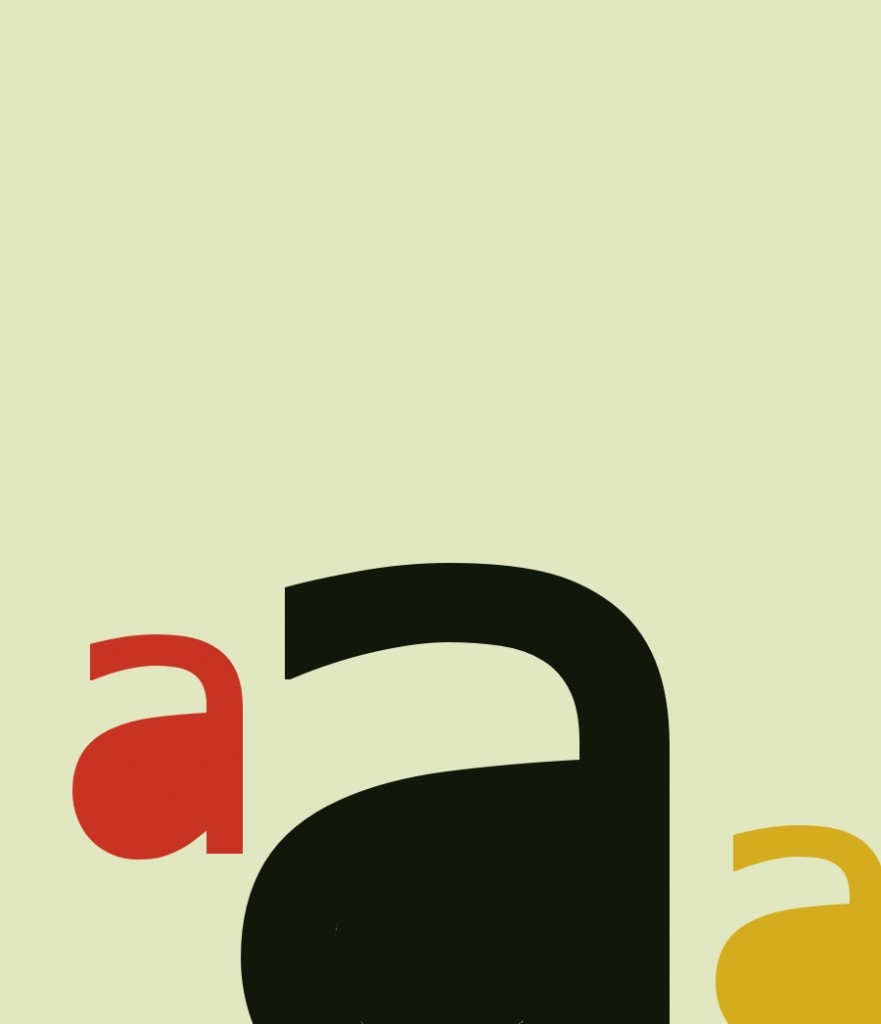



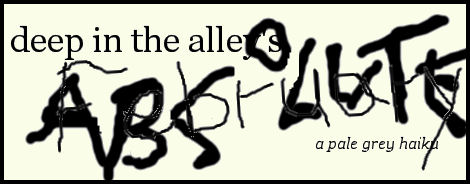






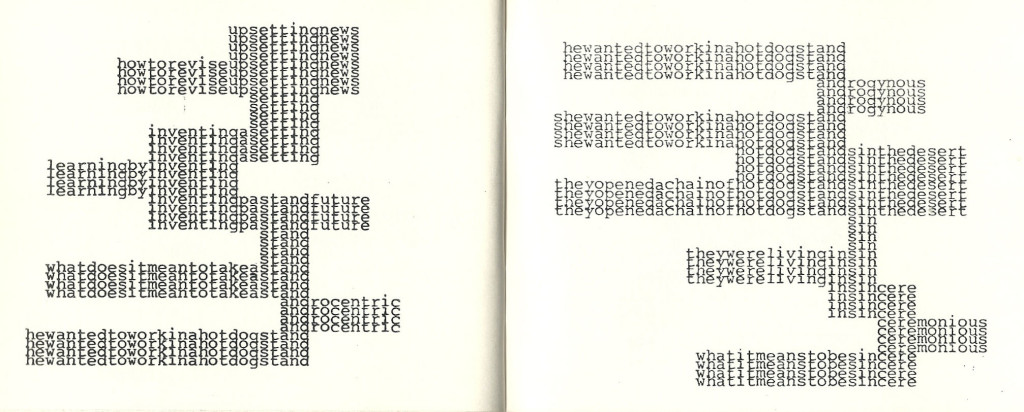




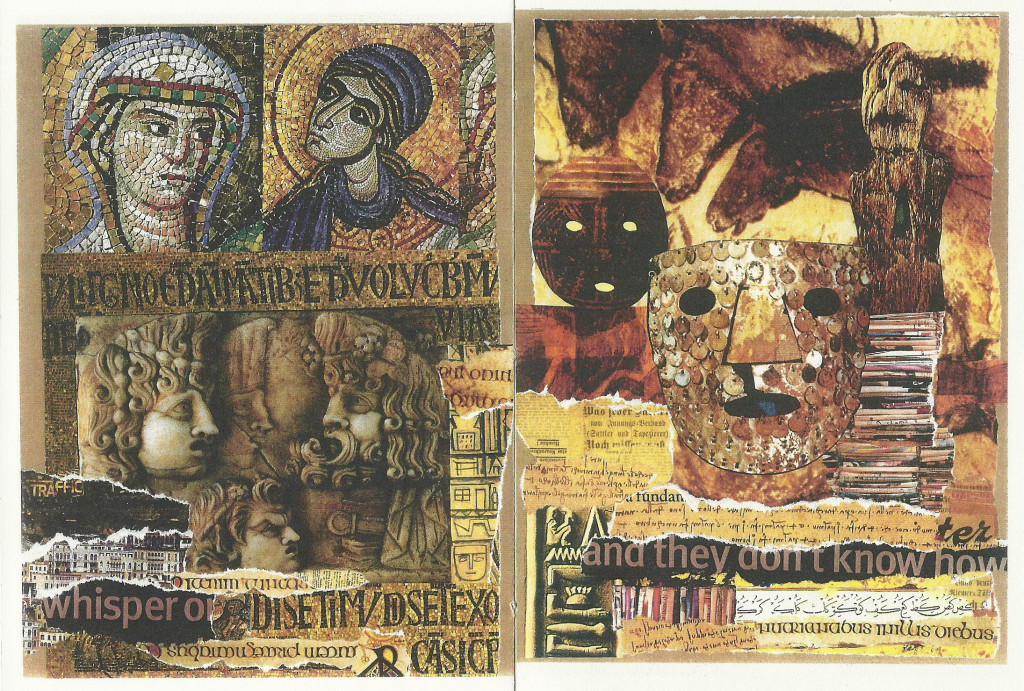
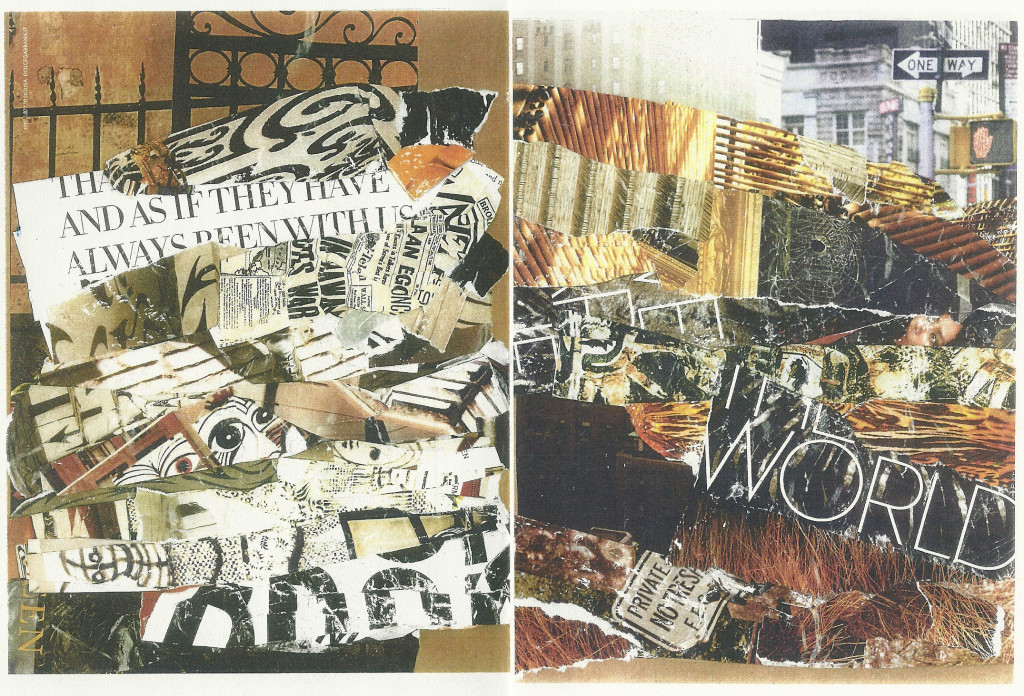
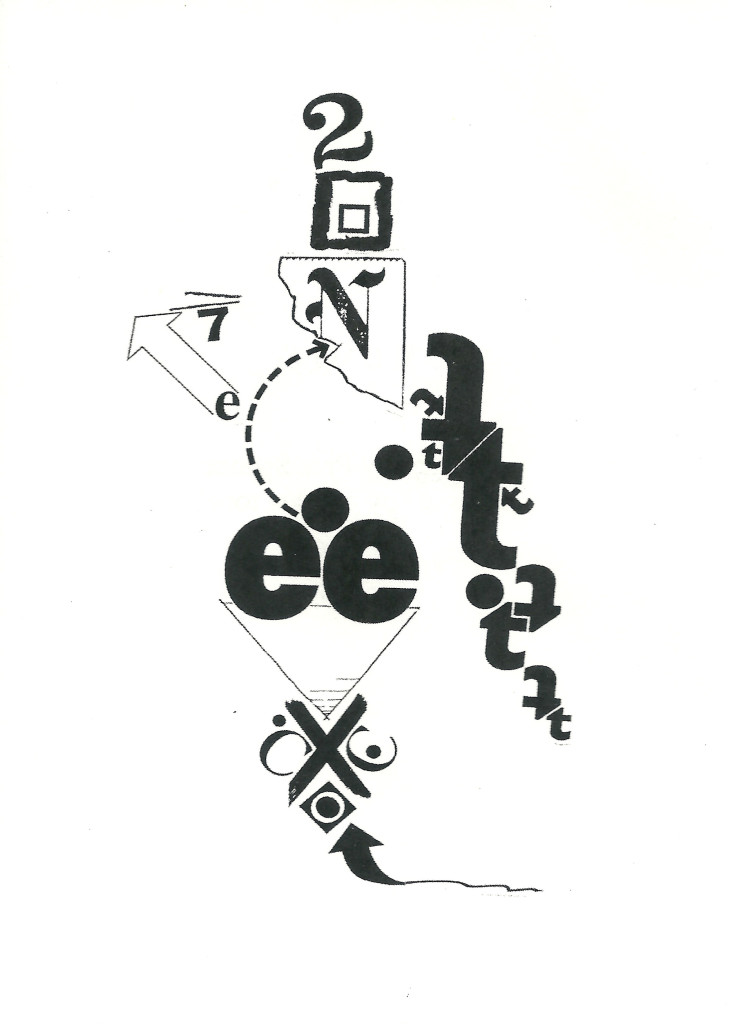
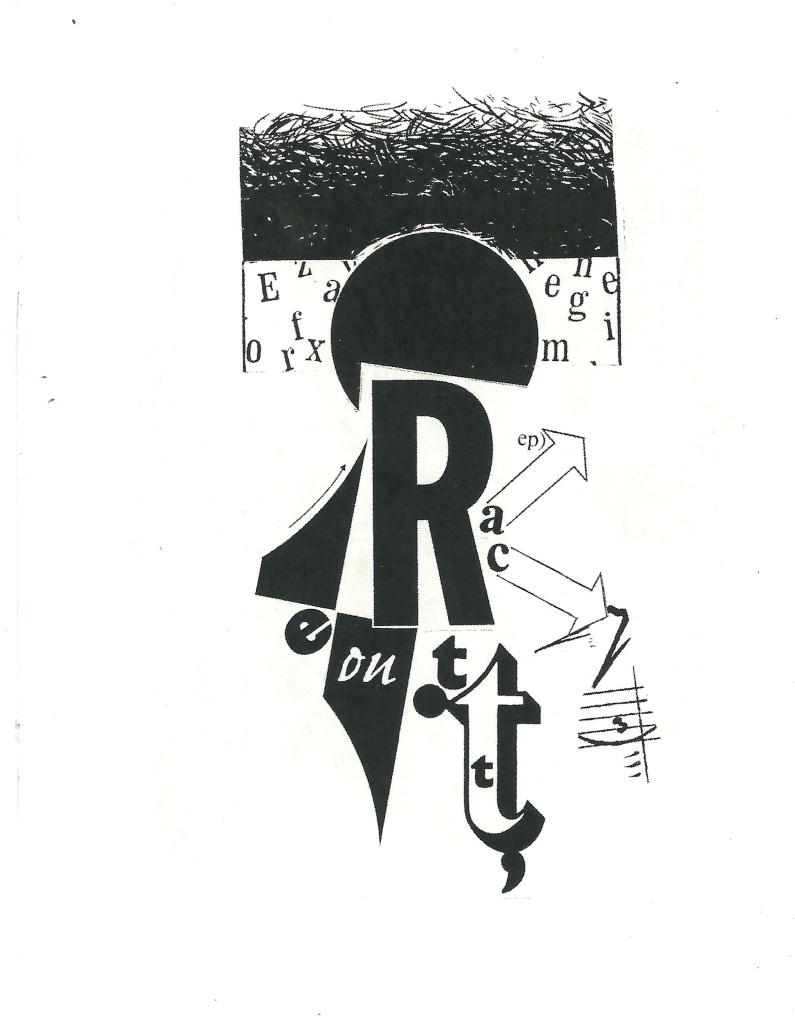
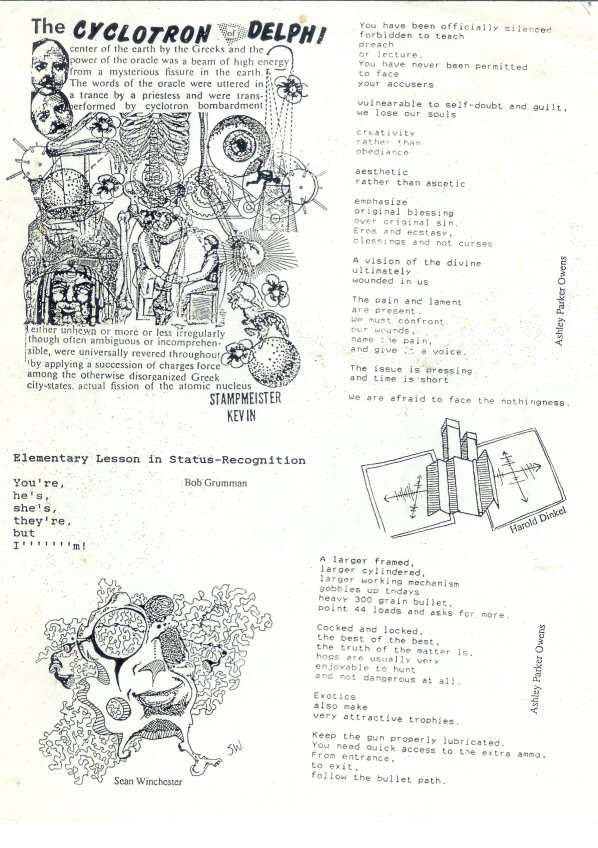
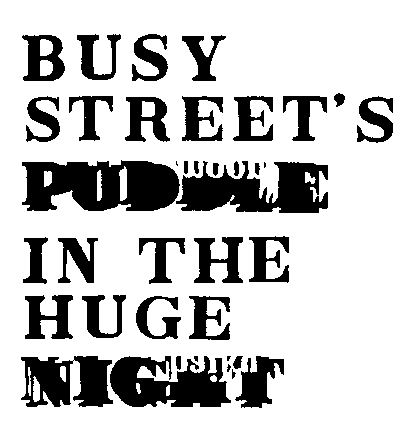
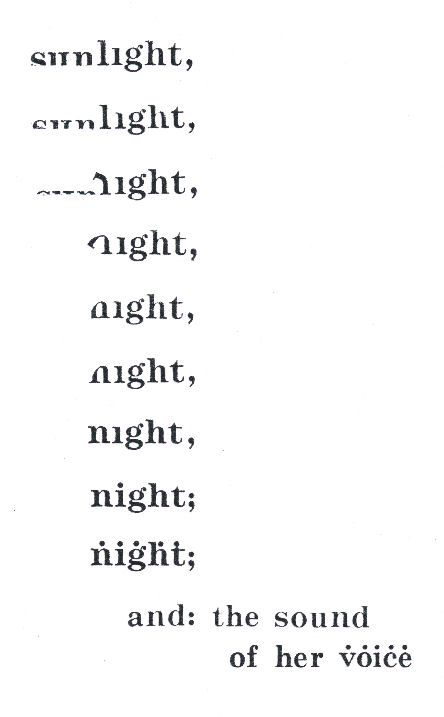
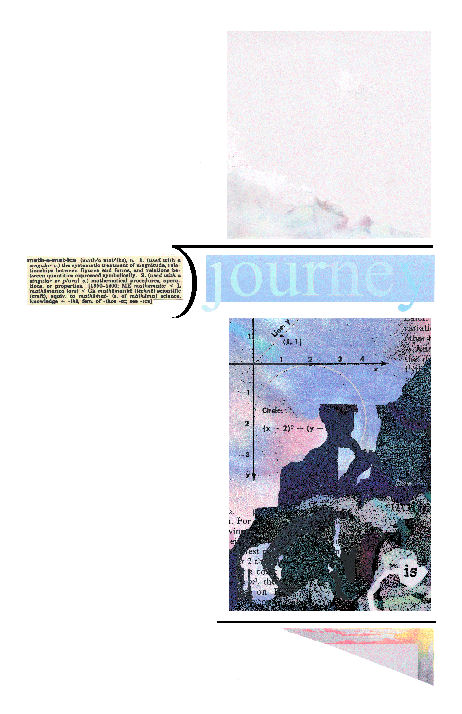
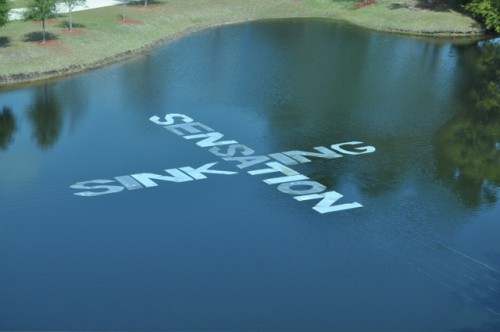
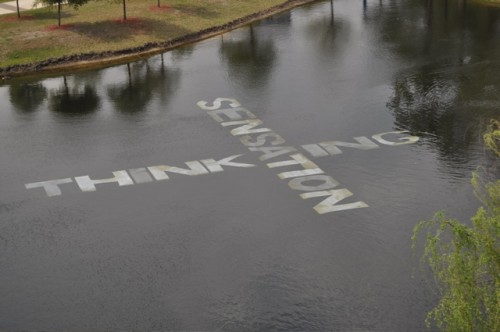
![DSC_1536[12]](/wp-content/uploads/2011/04/DSC_153612-e1302650888895.jpg)
 .
.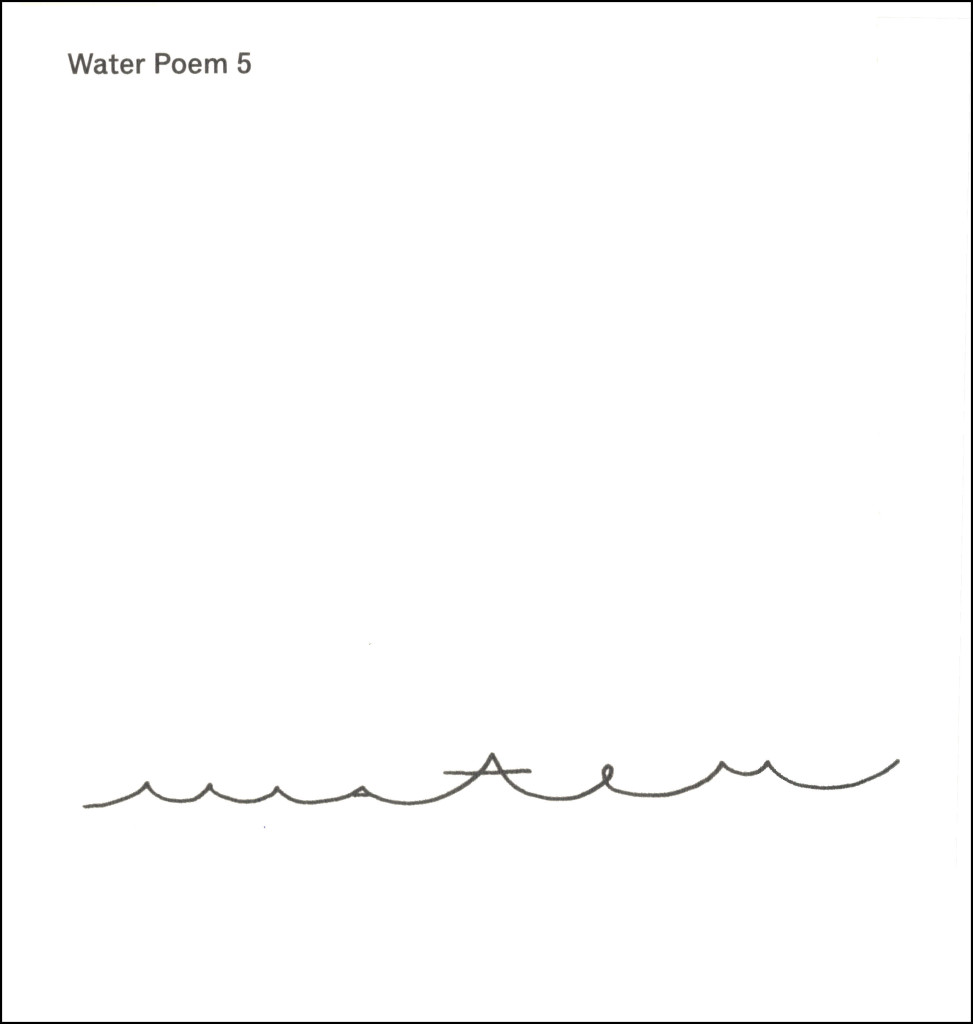

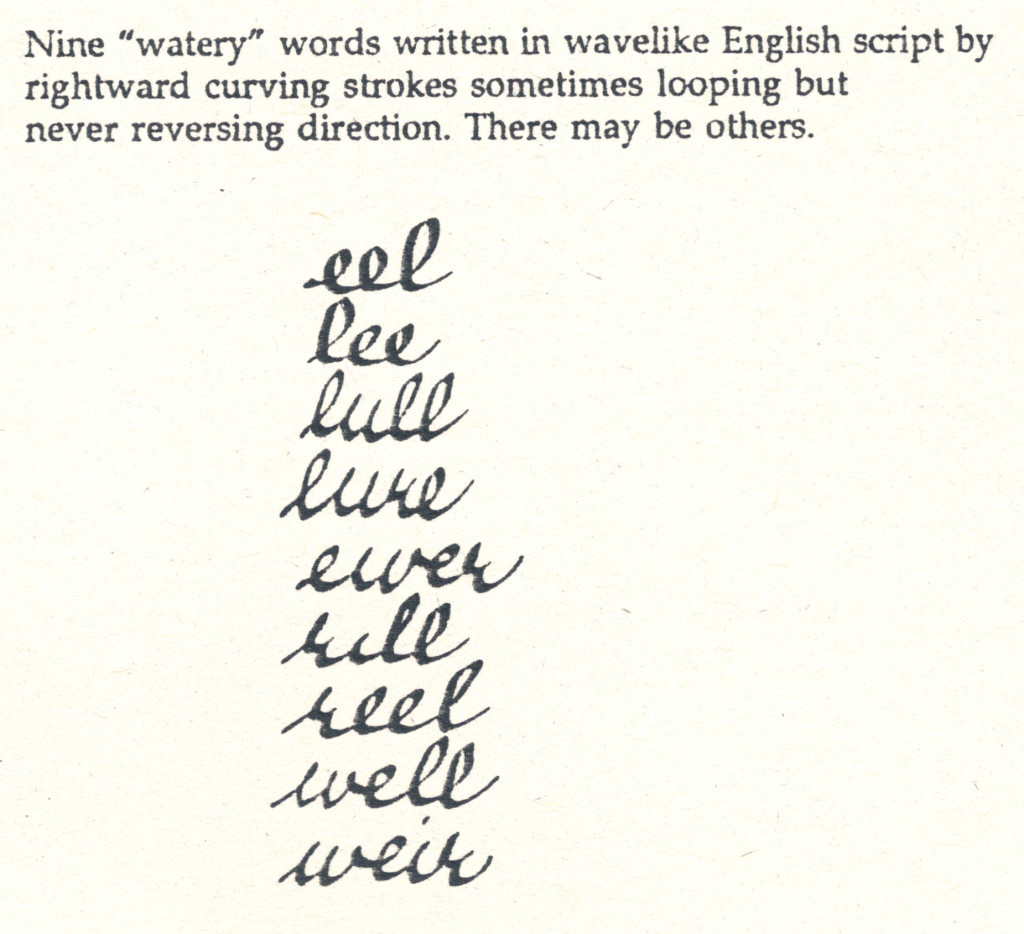
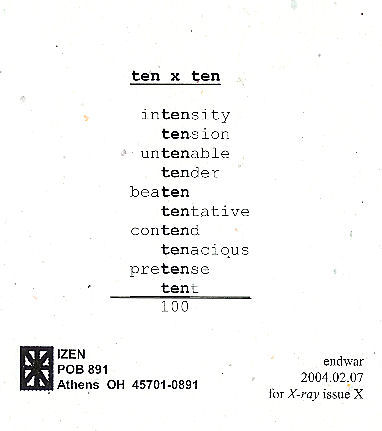 As I announced when I first posted this, I am hoping to publish an antho- logy of mathematical poems, like this one, so if you have one or know of one, send me a copy of it, or tell me about it.
As I announced when I first posted this, I am hoping to publish an antho- logy of mathematical poems, like this one, so if you have one or know of one, send me a copy of it, or tell me about it.


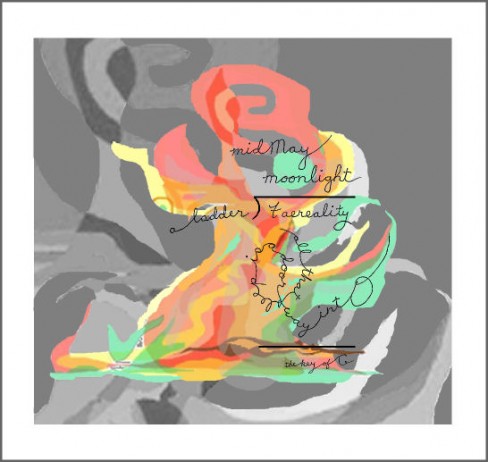
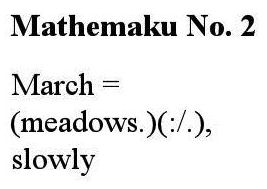
Good news. Congratulations, Bob!